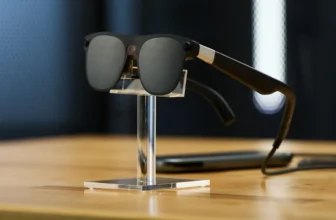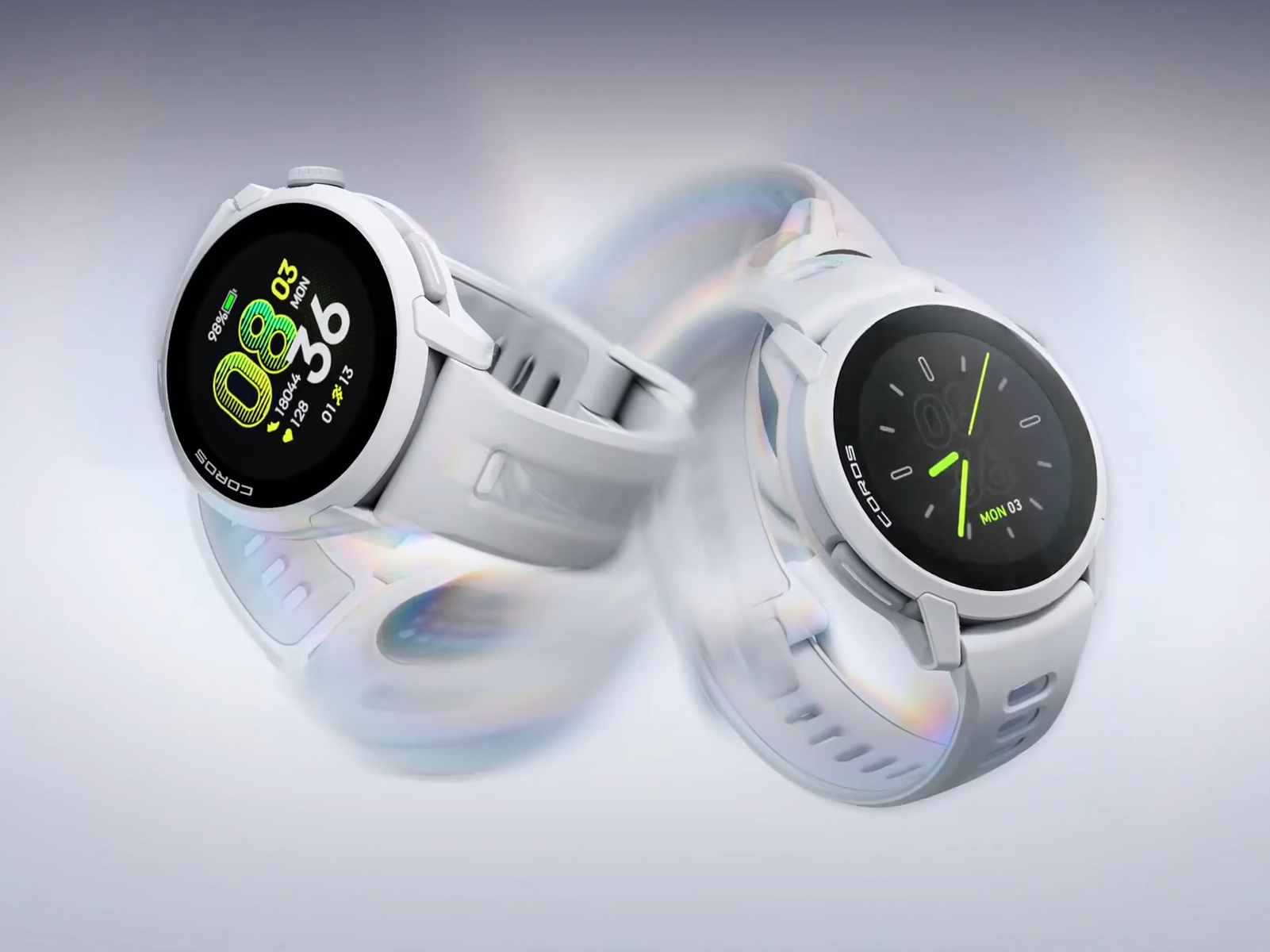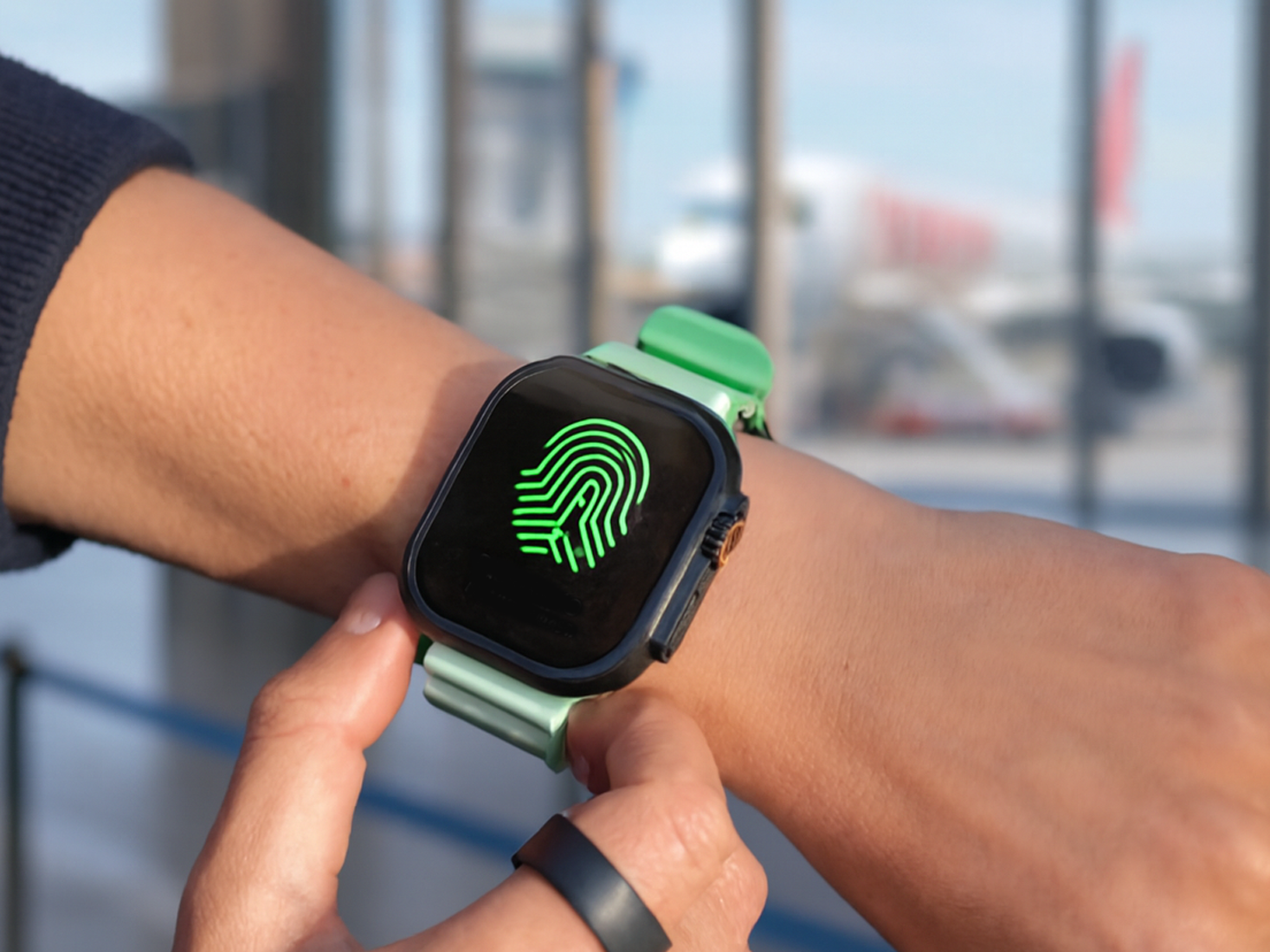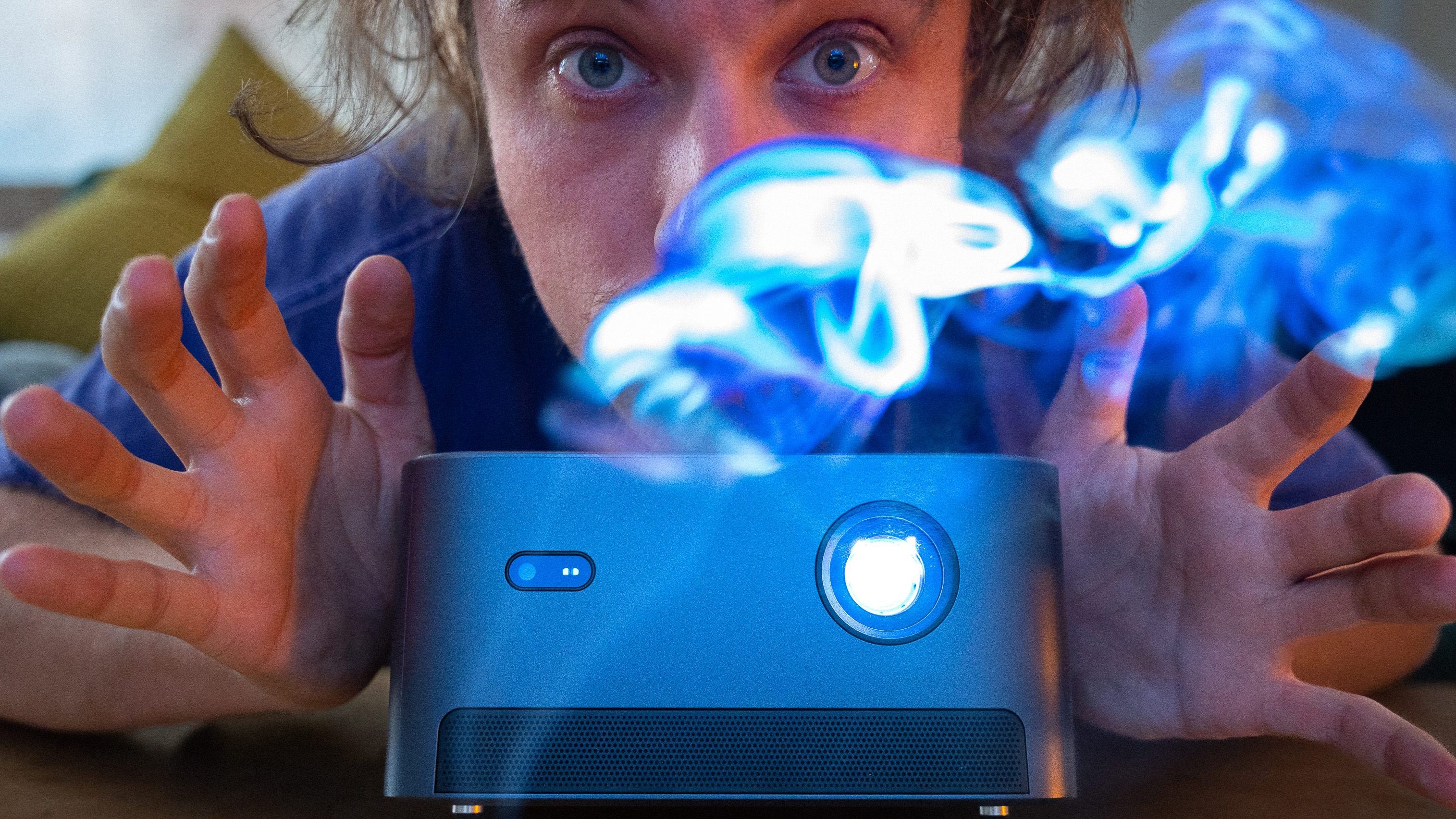
Portable projectors compared: Technical specifications, reviews & more
| Anker Capsule 3 Laser | Samsung Freestyle | XGimi Halo+ | Dangbei Neo | Technaxx TX-113 | |
|---|---|---|---|---|---|
| Device | |||||
| Image |  |
 |
 |
 |
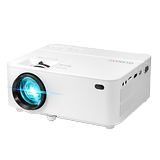 |
| Technology | |||||
| Resolution | |||||
| Brightness | |||||
| Smart features | |||||
| Battery life | |||||
| Auto-lock? | |||||
| Dimensions | |||||
| Weight | |||||
| Price | |||||
| Report |
|
Samsung Freestyle review |
|
Dangbei Neo review |
|
| Price comparison |
|
|
|
|
|
For a long time now, projectors were huge, heavy, and had a long cool down period after use. Thanks to powerful LED lamps and laser technology, however, high-performance portable projectors can be easily transported in a rucksack or stored in a drawer. This is not only convenient, but it also saves space in the living room.
These compact projectors are also energy-saving and often feature integrated smart TV functions. In other words, you can either connect your smartphone directly to the portable projector or use native apps for Netflix. Amazon Video, and others.
In this overview, we will tell you which models we found interesting and what you should look out for when buying a portable projector. Over the next few weeks, we will check out what we think are the best portable projectors and summarize our impressions for you in detailed reviews. Be sure to check back with us regularly!
What you need to look out for when buying a portable projector
Projector and technology
At the beginning of this article, we briefly talked about old projectors. Most projectors of yore normally came with a built-in light source, with manufacturers relying on LED technology or laser systems. What is important in every projector is the luminosity, which manufacturers specify as lumens or ANSI lumens.
While lumens refer to the luminosity of the light source itself, ANSI lumens are measured off a reflective surface. The rule of thumb is this: projectors that are rated 5,000 lumens or fewer are best used only in the evening, at night, or in a very dark room.
In terms of projection technology, a rough distinction can be made between LCD and DLP. Short-throw projectors in a portable form factor are extremely rare, so we will exclude these models from the equation. For DLP projectors, the light beam from the source is beamed through a color filter onto a DMD chip.
Countless small mirrors produce the brightness values, which are magnified via the projection lens to produce the final image. DLP projectors generally have a smaller case, and this technology is also relatively affordable. The disadvantages include black levels that are normally not as well-defined as other technologies, and these projectors tend to be noisier with the lack of lens shift or zoom capability.
LCD projectors have none of these disadvantages, but the technology is far more complex. This is because the light is split between several chips via mirrors and a prism before being combined to form the final image. This takes up more space but enables better color values, higher contrasts, and quieter operation. In addition, manufacturers can also enable optical zoom and lens shift is possible if required.
As manufacturers focus on compact chassis for portable projectors, DLP technology can be found in most devices. However, pay attention to the specifications such as the resolution, brightness, and contrast ratio to be able to assess the image quality before buying.
Auto-lock and keystone correction
Speaking of optical zoom, you will normally have to live without it when buying a portable projector. Without optical zoom (which works similarly to a camera lens), the image size changes depending on the distance between the projector and the wall. If you cannot set up your projector at a different distance from the wall, you can normally use a digital zoom, but this reduces the display quality.
A major advantage of modern projectors, however, is the auto-locking function including keystone correction. Models such as the Samsung Freestyle (for review) can be set up at very flexible angles to the wall. The projector then uses these sensors to independently measure how it needs to adjust the image so that the finished product is displayed in an undistorted manner on the screen or wall. This function is really practical and can usually be readjusted later if required.
The same applies to autofocus, which all modern projectors should carry.
Size and weight
If you bring your portable projector along, you should pay attention to its size and weight. Manufacturers usually state these in the technical specifications, and you can also find the dimensions in the table at the beginning of this buying guide. While not all sizes would suit you, we do think that it is better to pay more attention to the weight.
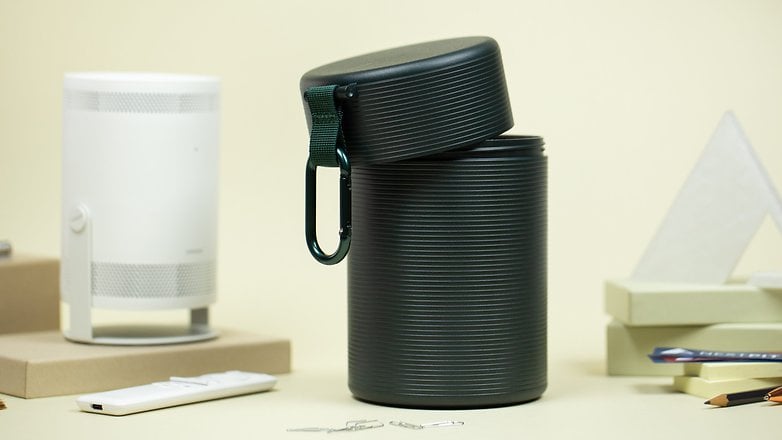
The reason behind this? If projectors are too light, it can be challenging to set them up properly at times. Without screwing them down using tripods or something similar, lightweight portable projectors can easily topple over due to the weight of the cables. This is annoying if you have to constantly adjust the projector again. Don’t pay too much attention to the weight if you are not carrying the projector to the office every day.
Battery or wired?
A white wall and a mini projector—with selected models, that’s all you need to watch a movie outdoors in summer. Whether on the terrace or in the park, a built-in rechargeable battery is always a plus point when it comes to portable projectors. The runtimes of some models are normally sufficient for a Netflix movie, but you should also pay attention to a few things here.
Unfortunately, most batteries in projectors are permanently installed in the case. This not only prevents you from carrying several spare batteries when you travel, it also reduces the longevity of the projector, since batteries naturally lose capacity over time due to physics. Furthermore, when using the projector outdoors, you should consider how you will be able to upload content to it, which brings us to the next topic…
Variety of connections and smart features
A good variety of connections is practical for any projector. Your projector of choice should have at least one HDMI input and a slot for a USB thumb drive. This allows you to connect streaming sticks such as the Fire TV Stick from Amazon or a Google Chromecast to the projector. On the other hand, you can also watch movies without any internet access. If you want to keep yourself entertained in the park, you don’t have to launch a hotspot on your smartphone and sacrifice valuable data volume.
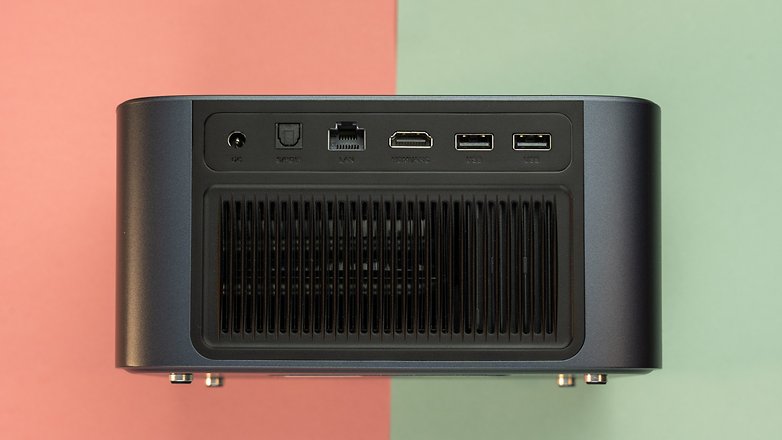
However, the practicality of a pre-installed, smart operating system never ceases to amaze us. With Android TV, for instance, you can access streaming services without forking out money for any additional devices. You are welcome to binge-watch movies and content via YouTube.
The possibilities depend on the number of available apps. As for the insanely expensive Formovie Theater (MSRP of $3,499), compatibility with Netflix is not guaranteed even in premium models.
Another important tip to look out: Does it have a 3.5 mm audio jack to connect to external speakers? Although most models also feature Bluetooth connectivity, the latency can be too long at times. If you want to avoid synchronization issues between the image and sound, you should therefore connect the portable projector to external speakers via a cable.
Bags, tripods, and other practical accessories
For a portable projector, it is advisable to include a few accessories in your budget. A carry bag or case to bring with you or a tripod for secure positioning is actually practical for every model mentioned.
nextpit recommends these models in 2024
Anker Capsule 3 Laser
The Capsule 3 Laser is mostly what you would imagine a portable projector ought to be. Not much bigger than a Coke bottle, with a built-in battery, speaker, and smart operating system, we could not ask for more. The latest version is also said to have a high luminosity thanks to laser technology.

We will find out how well the projector performs in everyday use in the coming weeks. Until then, the Anker Capsule 3 Laser is at the top of our “Best Of” list as a particularly powerful model.
Samsung Freestyle
We found the Samsung Freestyle to be really charming in our detailed review. The projector also has integrated speakers and a smart operating system. Unfortunately, it is much less flexible without a battery than the Anker model, but you can at least buy an additional battery and conveniently attach it to the back of the case.
Read the Samsung Freestyle review
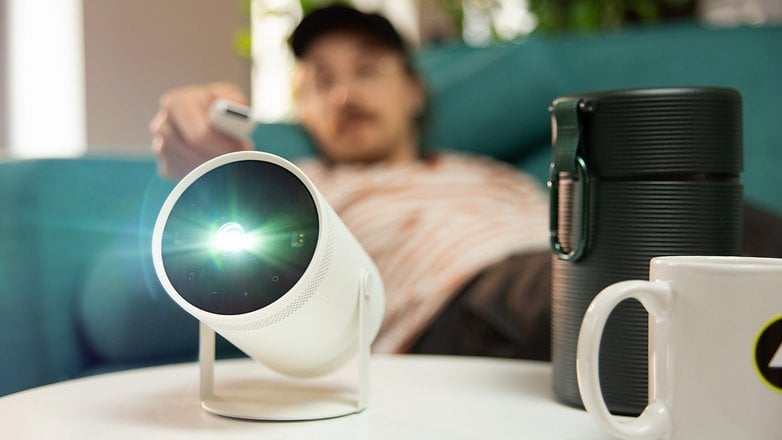
One of the disadvantages of the Freestyle was its expensive price. In addition, the pre-installed TizenOS, which was developed by Samsung itself, is comparatively sluggish.
Xgimi Halo+
With a particularly bright projector, the XGimi Halo+ is currently winning over many portable projector enthusiasts online. The model also has Android TV 10.0 as a smart operating system, speakers from the specialists at Harman Kardon, and a built-in rechargeable battery.
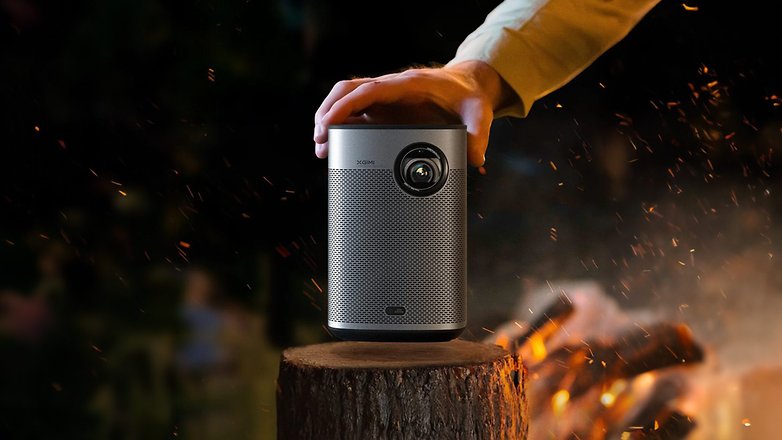
We also want to convince ourselves of the quality of the Xgimi Halo+ in a detailed review in the coming weeks. If you would like to know more about this model (or others), please let us know in the comments section below!
Dangbei Neo
As one of the first projectors with DLP technology and Netflix certification, the Dangbei Neo also participated in our nextpit review. The portable projector, which costs just under $600, impressed us with its reliable auto-lock and good picture quality. It also offers a wide range of connections and a quiet operating speed.
Read the Dangbei Neo review
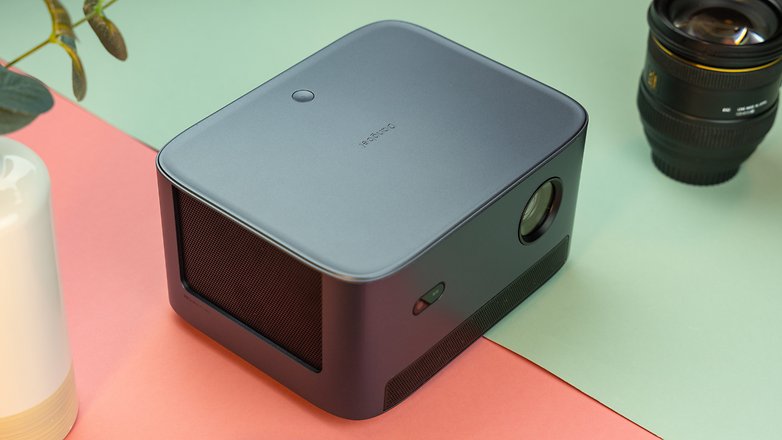
The disadvantages of the Dangbei Neo in the review were the lack of an optical zoom, which is normal for DLP projectors. What bothered us, however, was how numerous streaming services such as Amazon Prime Video, or Wow were missing. We would also have liked to see a 3.5 mm jack connection for external audio playback.
Technaxx TX-113
Do you want it to be particularly affordable but less impressive? If so, the Technaxx TX-113 could be something up your alley. The portable projector, which costs less than $130, can be connected to smartphones and notebooks via a cable. However, the projector only displays content in 720p resolution.

Nevertheless, the TX-113 is a popular purchase on Amazon, and that’s precisely why we want to find out how good the projector really is over the next few weeks.
Do you have an alternative recommendation for particularly affordable portable projectors? How about a favorite expensive model? We look forward to your experiences and tips in the comments!




